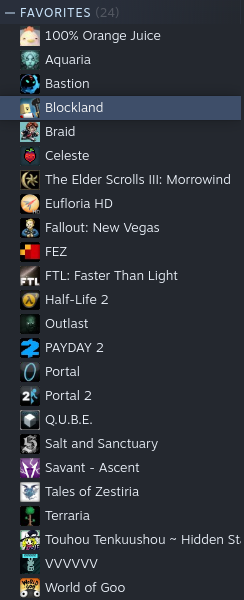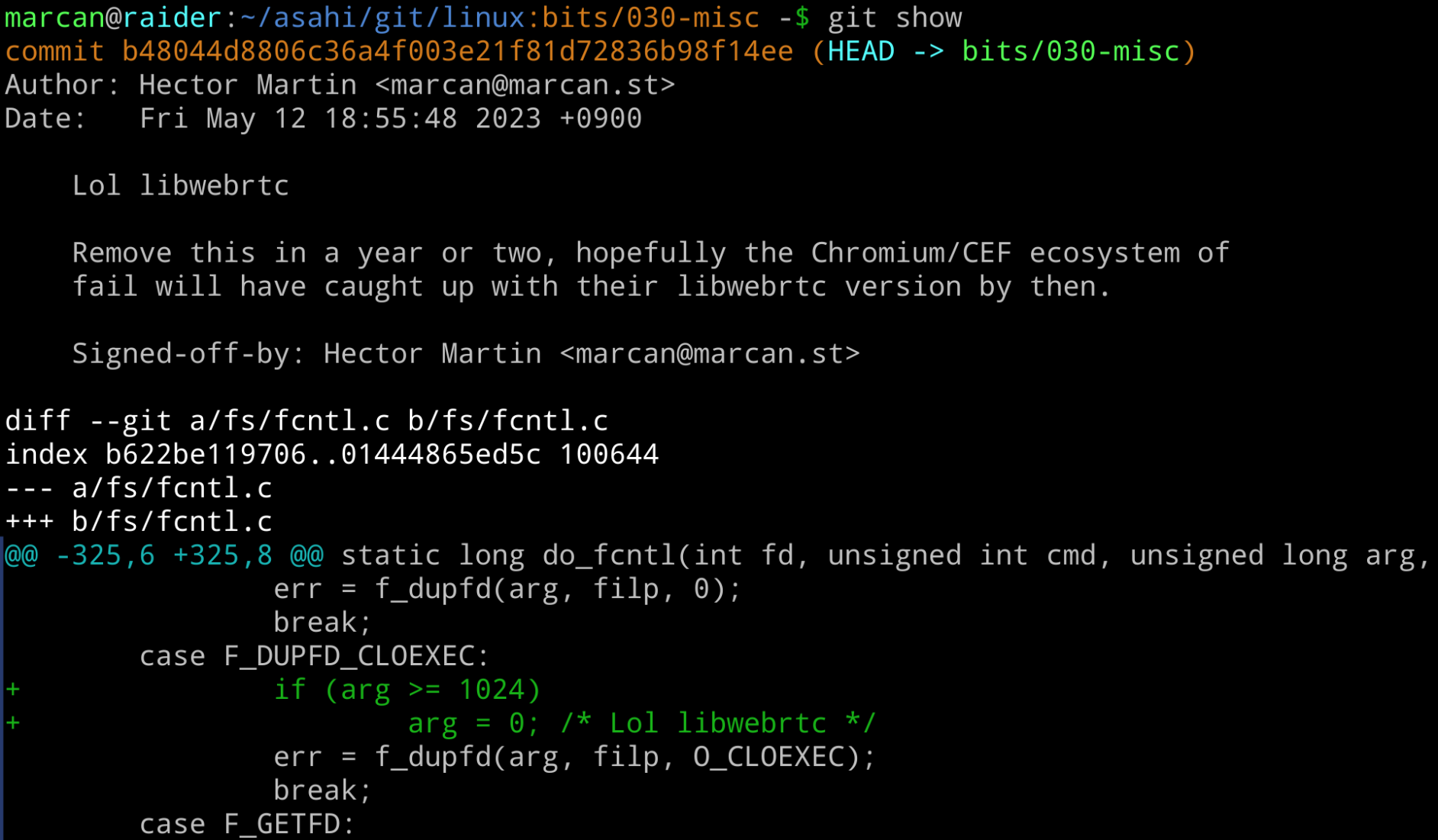Asahi Lina back with a major update on the UAPI which sits between kernel and user space API. This post mostly focuses on Linux and OpenGL vs Vulkan work syncing for performance and correctness. Apparently borrowed some ideas from Intel’s Xe driver.

 asahilinux.org
asahilinux.org
A fun part of the conclusion:

Paving the Road to Vulkan on Asahi Linux - Asahi Linux
 asahilinux.org
asahilinux.org
A fun part of the conclusion:
Since the Mesa driver no longer serializes GPU and CPU work, performance has improved a ton. Now we can run Xonotic at over 800 FPS, which is faster than macOS on the same hardware (M2 MacBook Air) at around 600*! This proves that open source reverse engineered GPU drivers really have the power to beat Apple’s drivers in real-world scenarios!
* Please don’t take the exact number tooseriously, as there are other differences too (Xonotic runs under Rosetta on macOS, but it was also rendering at a lower resolution there due to being a non-Retina app). The point is that the results are in the same league, and we will only keep improving our driver going forward!



